Sri Lanka, a land brimming with natural wonders, offers a unique spectacle for wildlife, the opportunity to See Elephants in Sri Lanka in their natural habitat. These majestic creatures are not just a significant part of the island’s biodiversity but also hold a revered place in Sri Lankan culture. The Sri Lankan elephant, a subspecies of the Asian elephant, is celebrated for its grandeur and gentle nature.
Historically, elephants have been integral to religious ceremonies and cultural festivals, symbolizing prosperity and good fortune. Today, watching elephants in Sri Lanka is a mesmerizing experience that draws tourists from across the globe, offering a glimpse into the rich tapestry of the island’s wildlife and cultural heritage.
Table of Contents
Sri Lankan Elephants Conservation
Elephants Conservation is a subject of paramount importance. Over the years, the elephant population has faced numerous challenges, including habitat loss, human-elephant conflict, and poaching. These issues have led to a significant decline in their numbers, placing them on the list of endangered species.
In response, Sri Lanka has undertaken various conservation efforts. National parks and reserves have been established to provide safe havens for these gentle giants, allowing visitors to see elephants in Sri Lanka roam freely in their natural environment. Additionally, initiatives like the Elephant Transit Home in Udawalawe focus on rehabilitating orphaned elephant calves. These efforts are crucial in ensuring that future generations will continue to witness the majesty of elephants in Sri Lanka.
Rules of the Jungle
To foster a harmonious coexistence in the jungle ecosystem, it is crucial to establish and follow a set of rules that prioritize the well-being of wildlife and the environment.

- Firstly, do not feed the animals to avoid disrupting their natural foraging behaviors and dependence on human-provided food.
- To preserve the jungle’s tranquility, avoid using flash photography to prevent startling and disturbing the creatures.
- Smoking and drug use are strictly prohibited to maintain a clean and healthy environment.
- Additionally, avoid strong-smelling foods to prevent attracting unwanted attention from wildlife.
- Weapons of any kind are strictly forbidden to promote a safe space for both humans and animals.
- Lastly, refrain from using loudspeakers or audio devices to allow the jungle to thrive undisturbed by human noise.
Adhering to these guidelines ensures a harmonious coexistence within the jungle ecosystem.
Best Spots To See Elephants in Sri Lanka
Sri Lanka offers exceptional opportunities to observe elephants in their natural habitat. The country’s conservation efforts have established national parks and reserves where visitors can experience these magnificent creatures freely roaming. By supporting these conservation initiatives, future generations can continue to marvel at the beauty of elephants in Sri Lanka.
Let’s look at top 6 must visit spots to include your next trip to see Elephants in Sri Lanka in 2024
Udawalawe National Park
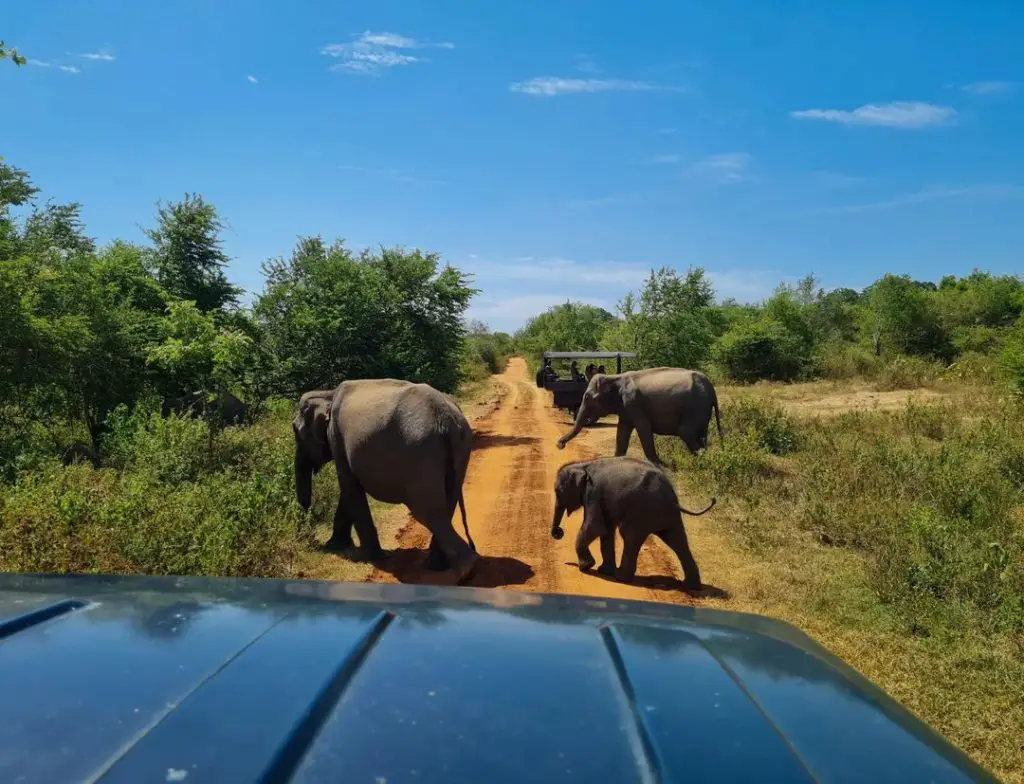
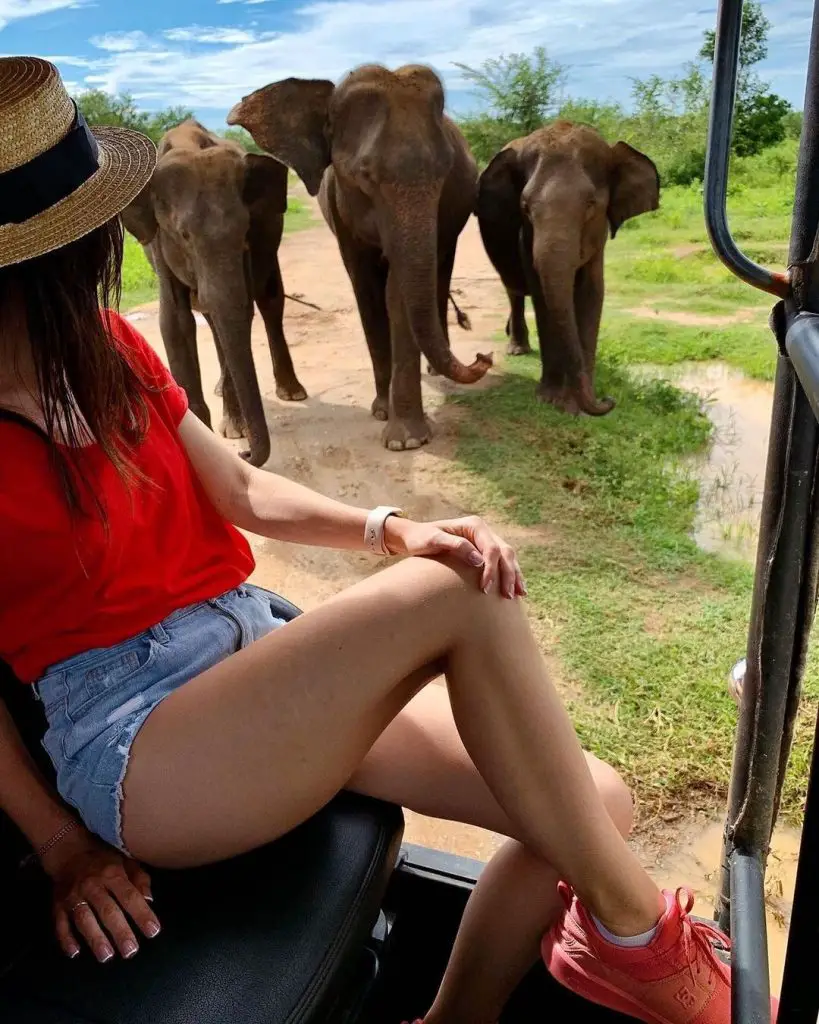
Udawalawe National Park, nestled in the south of Sri Lanka, stands as a beacon for those seeking to watch elephants in their natural environment. This park is not just a wildlife sanctuary; it’s a testament to Sri Lanka’s commitment to elephant conservation and a prime spot for elephant enthusiasts. Here’s why Udawalawe is a must-visit:
- Abundant Elephant Population: Home to hundreds of elephants, Udawalawe offers an almost guaranteed sighting of these majestic creatures. It’s estimated that the park houses over a thousand elephants, making it one of the best places in Sri Lanka to watch elephants.
- Natural Behaviors in Wild Settings: The park provides a unique opportunity to observe elephants engaging in natural behaviors such as bathing, socializing, and nurturing their young. This experience is both educational and awe-inspiring.
- Diverse Wildlife: Besides elephants, Udawalawe is a habitat for various other wildlife species, including crocodiles, buffalo, monkeys, and occasionally leopards. This biodiversity adds to the richness of the safari experience.
- Conservation Efforts: The park plays a significant role in the conservation of Asian elephants. By visiting, you contribute to the efforts that ensure these magnificent animals continue to thrive in their natural habitat.
- Ethical Wildlife Tourism: Udawalawe is a shining example of ethical wildlife tourism. The park emphasizes observation without interference, allowing elephants to roam freely without the stress of human interaction.
Yala National Park
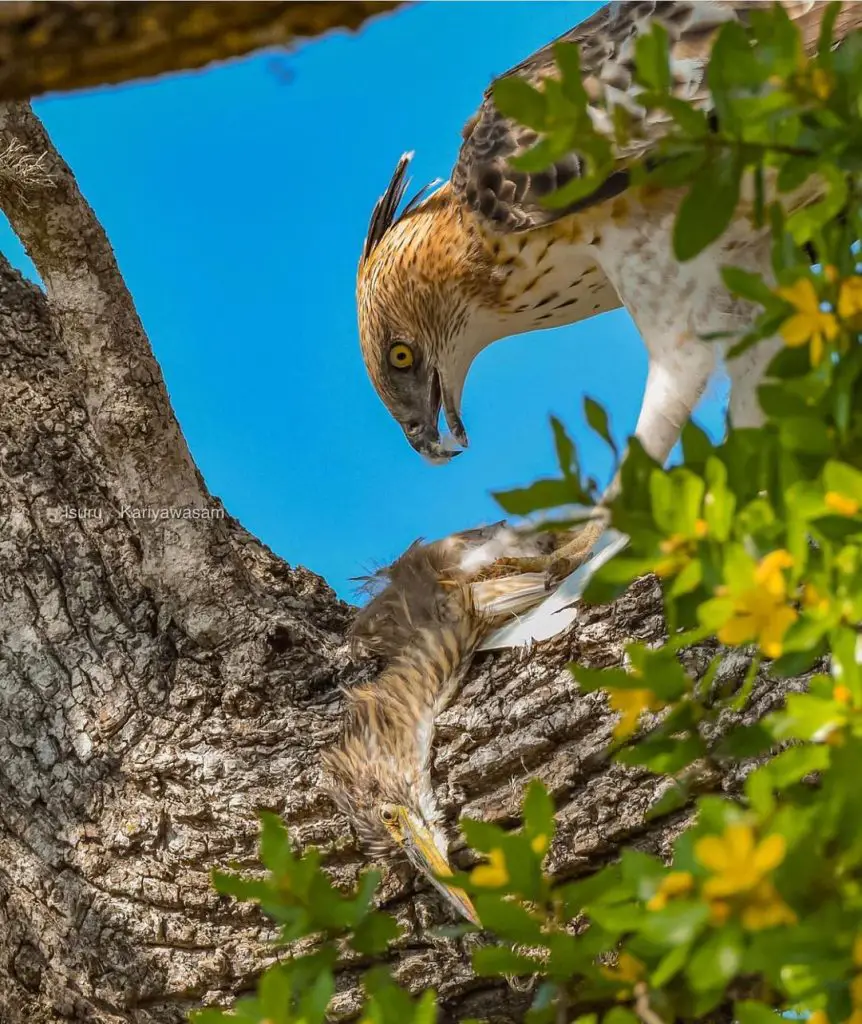

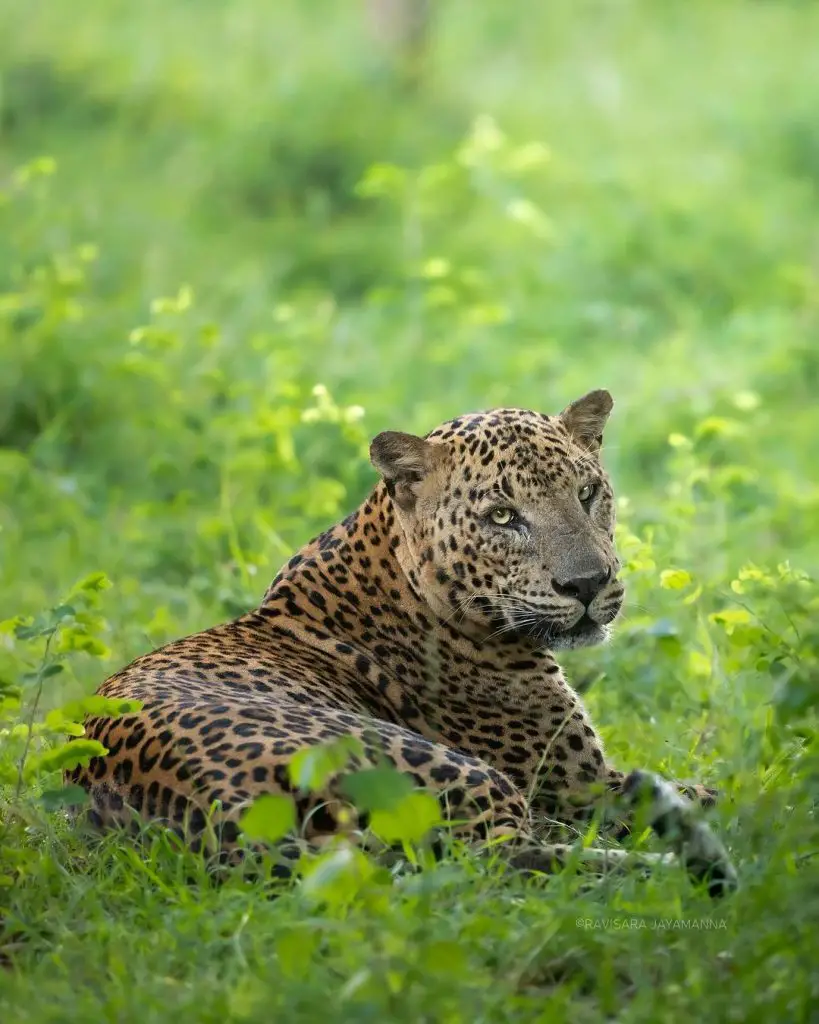
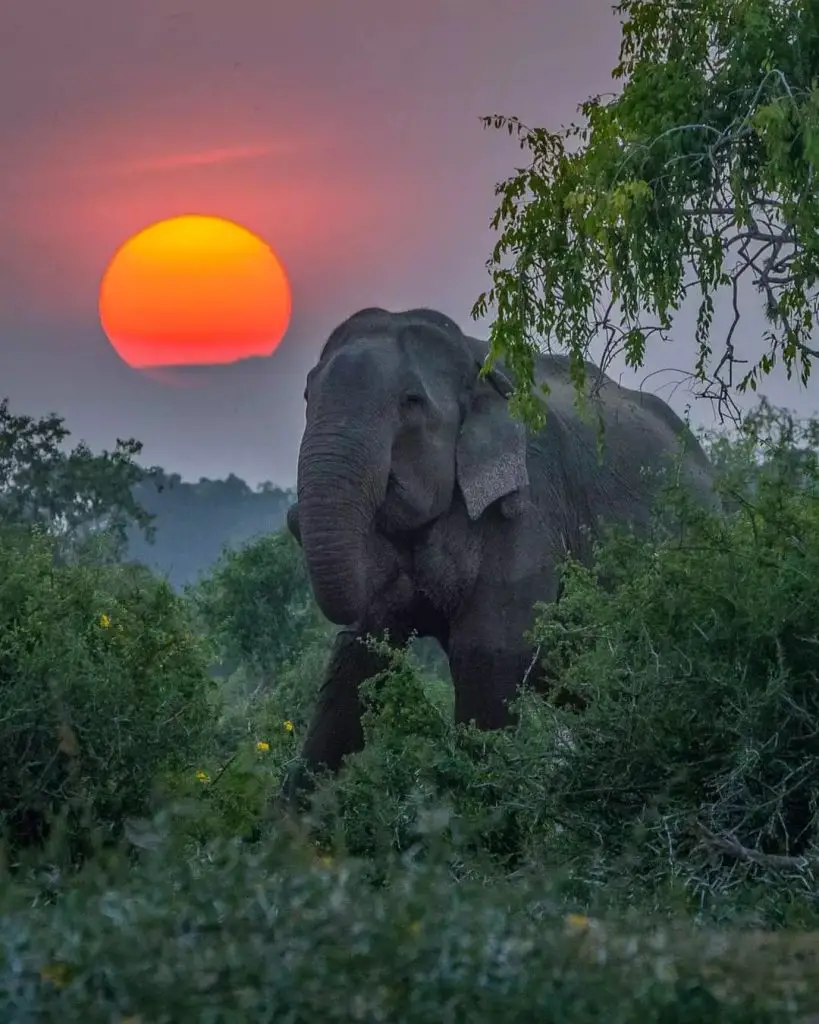
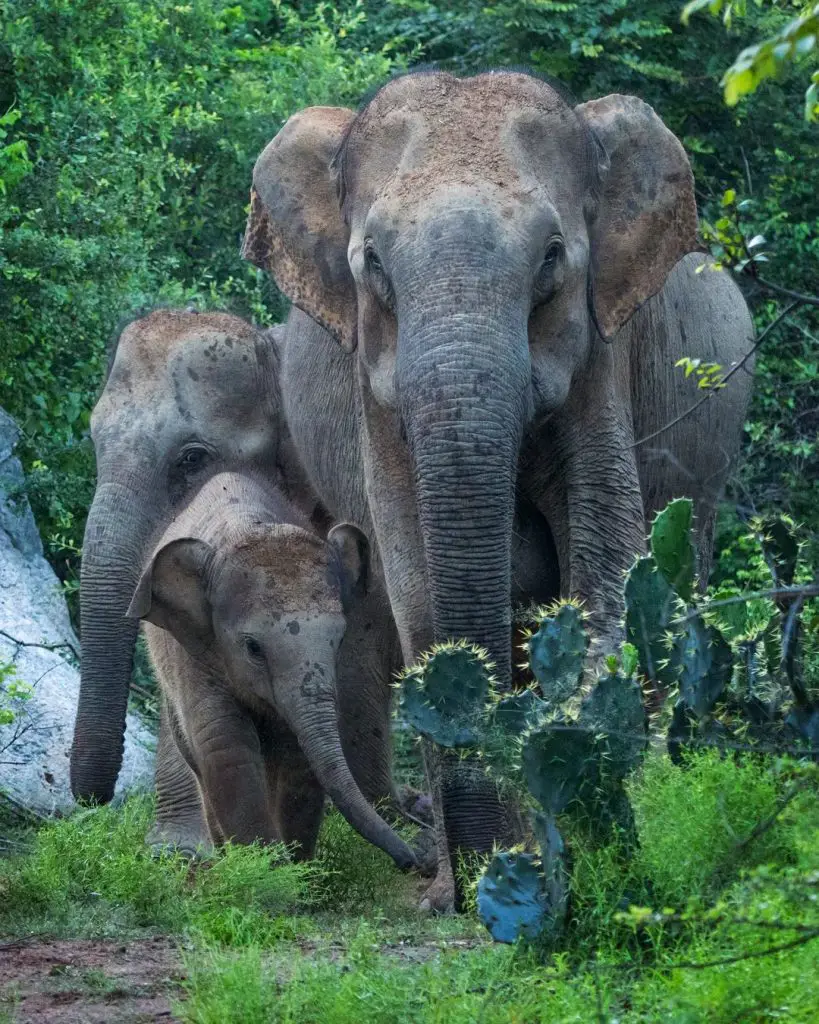
Yala National Park, renowned as the most visited and the second-largest national park in Sri Lanka, offers a distinctive experience for those eager to see elephants in Sri Lanka. Here’s what makes Yala National Park a unique destination for elephant viewing:
- Diverse Elephant Population: Yala is not only famous for its leopards but also for its significant elephant population. The park’s diverse habitats support a healthy number of these majestic creatures, making it a prime location to see elephants in Sri Lanka.
- Rich Biodiversity: The park’s rich biodiversity enhances the elephant viewing experience. Along with elephants, visitors might spot leopards, crocodiles, and a variety of bird species, adding to the park’s allure.
- Strategic Location: Situated approximately 80 KM from Udawalawe National Park, Yala’s location in the south of Sri Lanka makes it easily accessible and a popular choice for wildlife enthusiasts.
- Ethical Wildlife Viewing: Yala National Park emphasizes ethical wildlife viewing practices. Visitors are encouraged to observe animals from a distance, ensuring minimal disturbance to the natural behavior of elephants and other wildlife.
- Conservation Efforts: The park plays a crucial role in elephant conservation. By visiting Yala, tourists contribute to the efforts aimed at protecting and preserving these magnificent animals in their natural habitat.
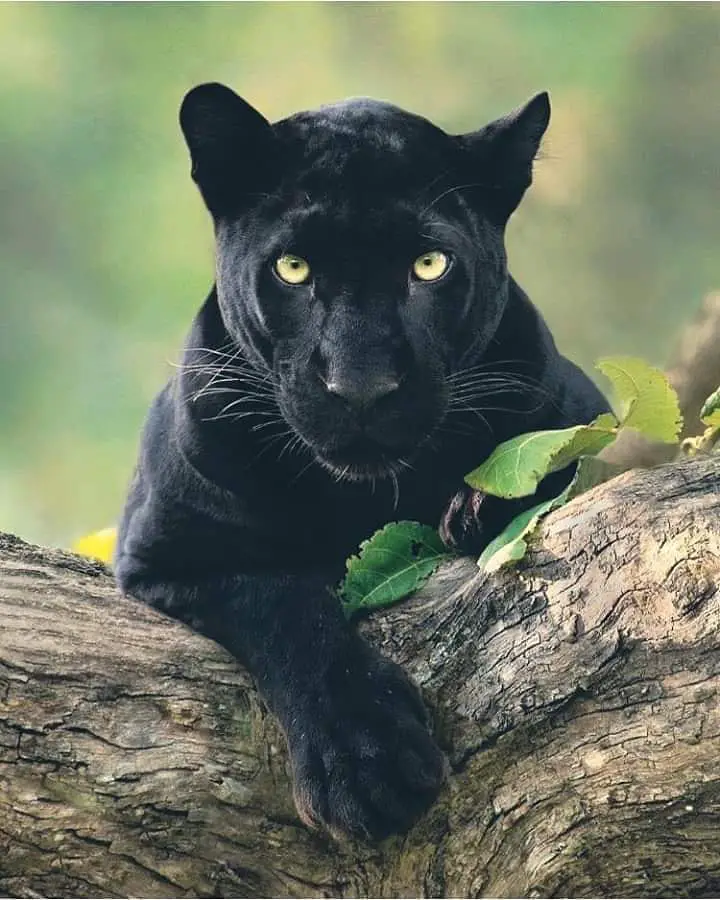
Plan Your Safari
If you’re planning your initial visit to Yala, make sure to map out your route and arrange suitable transportation. While a 4-WD vehicle is suggested, a van with high ground clearance would suffice. If you don’t own one, you can rent a safari jeep at the entrance. Yala is just one of the many local destinations you plan to explore. Therefore, it’s crucial to incorporate it into your itinerary effectively and remember to gather more information from the Yala Sri Lanka website and social media channels.
Minneriya and Kaudulla National Parks
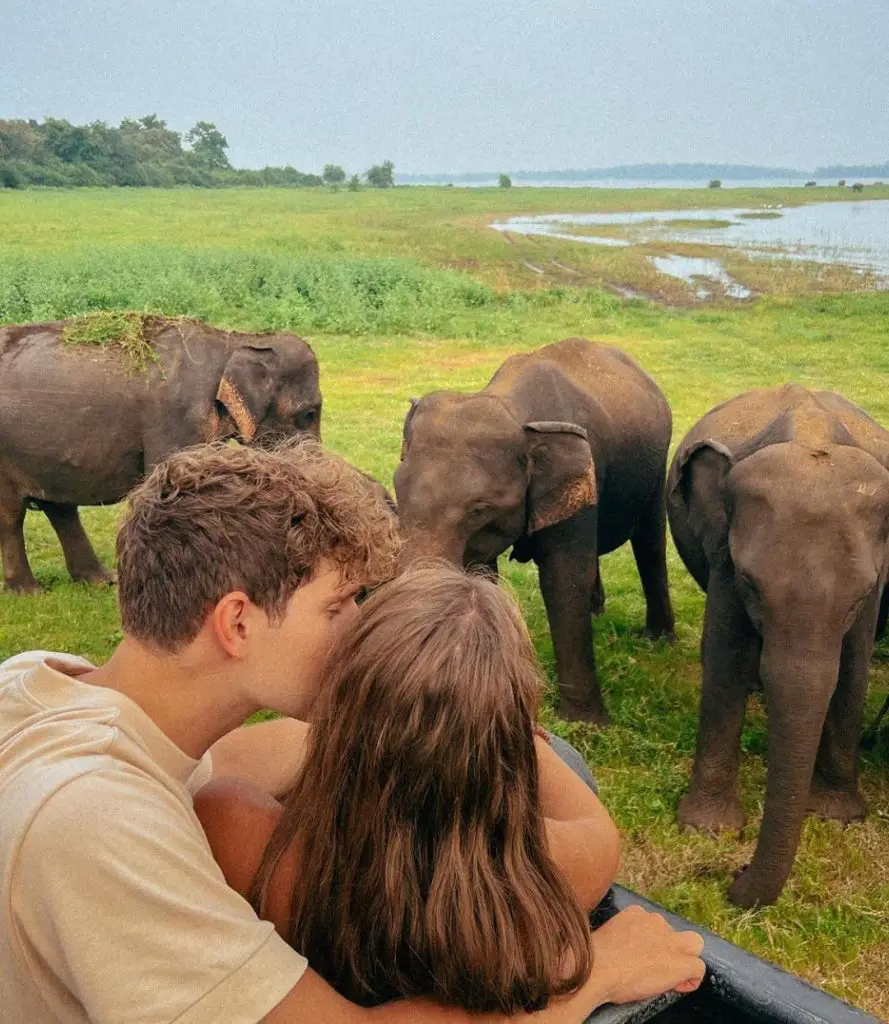
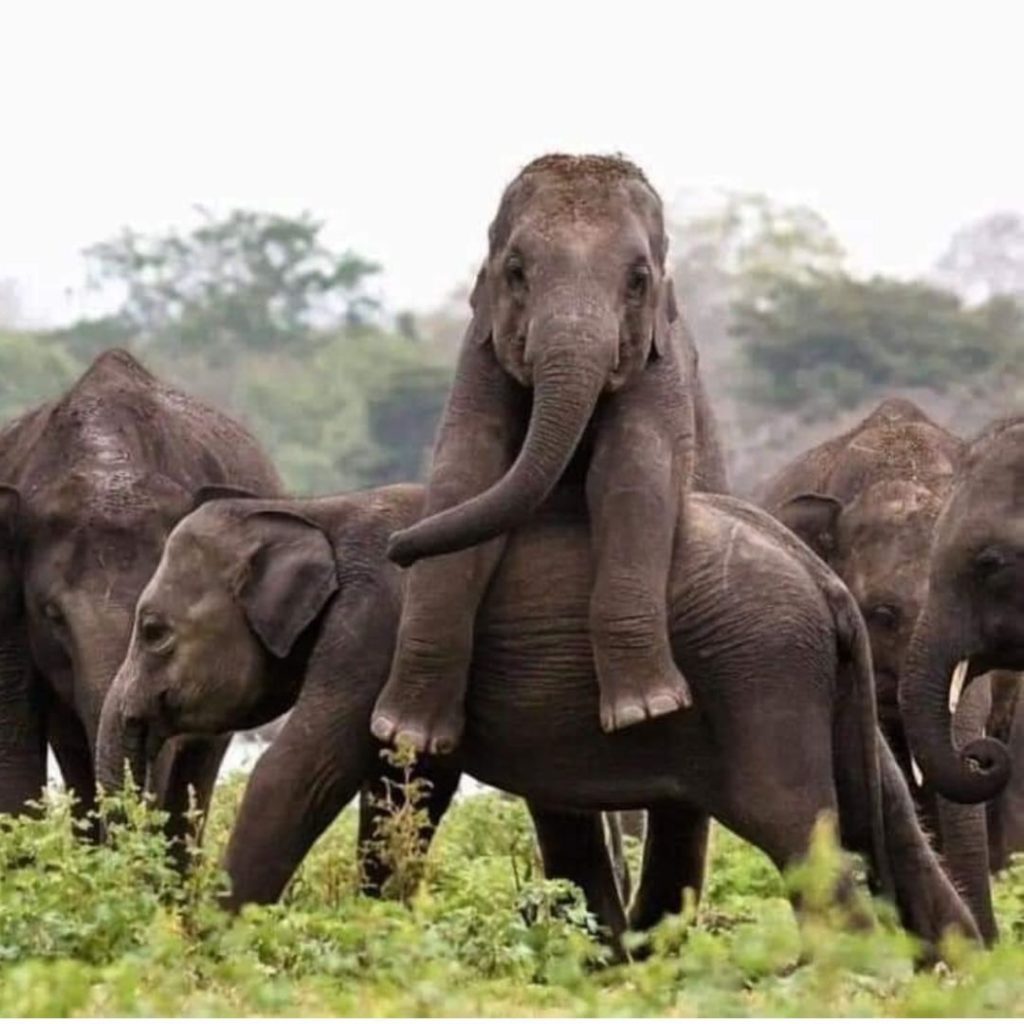
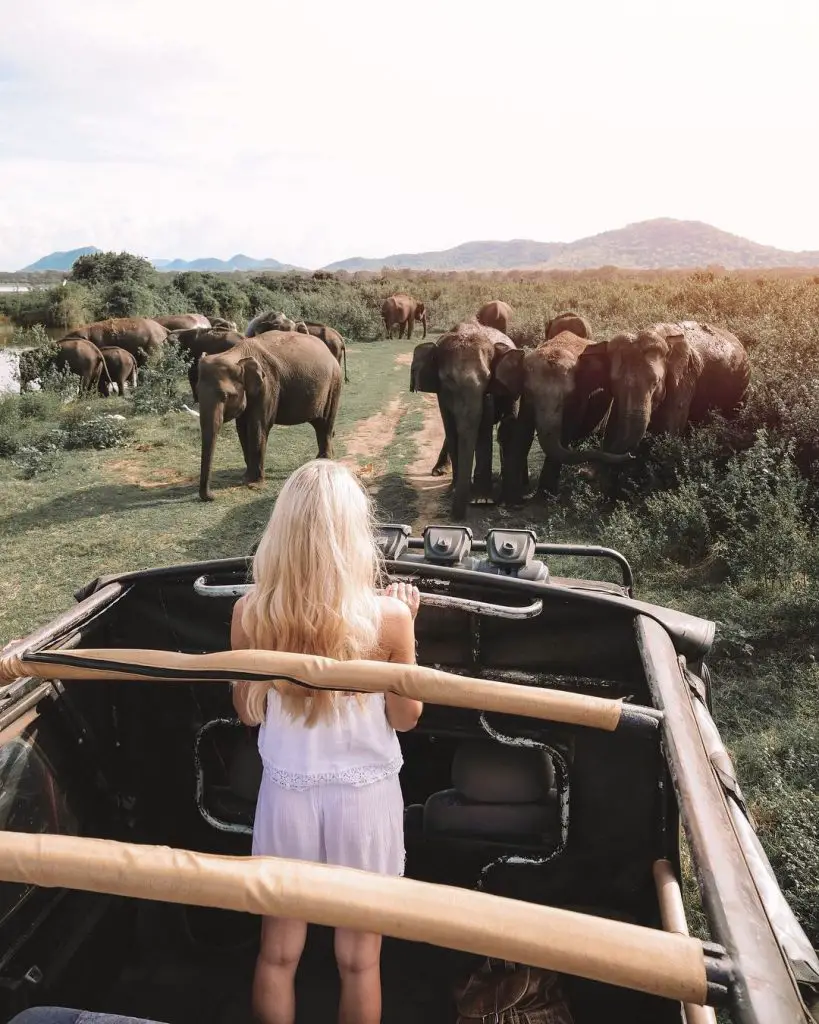
Minneriya and Kaudulla National Parks, located in Sri Lanka’s Central Province, are renowned for their annual elephant gathering, making them exceptional places to see elephants in Sri Lanka. Here’s what makes these parks special:
- The Annual Elephant Gathering: Known as one of the world’s most incredible wildlife events, the annual gathering at Minneriya and Kaudulla is a sight to behold. It’s believed to be the largest congregation of Asian elephants globally.
- Best Times to Visit: The gathering typically occurs during the dry season, from June/July to September. This is when elephants migrate to these parks’ large reservoirs to bathe, drink, and graze on fresh grass.
- Unique Elephant Behavior: Visitors have the opportunity to witness up to a hundred elephants at once, engaging in social interactions, an experience that is both rare and mesmerizing.
- Strategic Location: These parks are situated near Sri Lanka’s cultural triangle, making them easily accessible for visitors staying in the region.
- Conservation and Ethical Viewing: Both Minneriya and Kaudulla emphasize conservation and promote ethical wildlife viewing practices, ensuring a minimal impact on the natural behavior of the elephants.
Wilpattu National Park
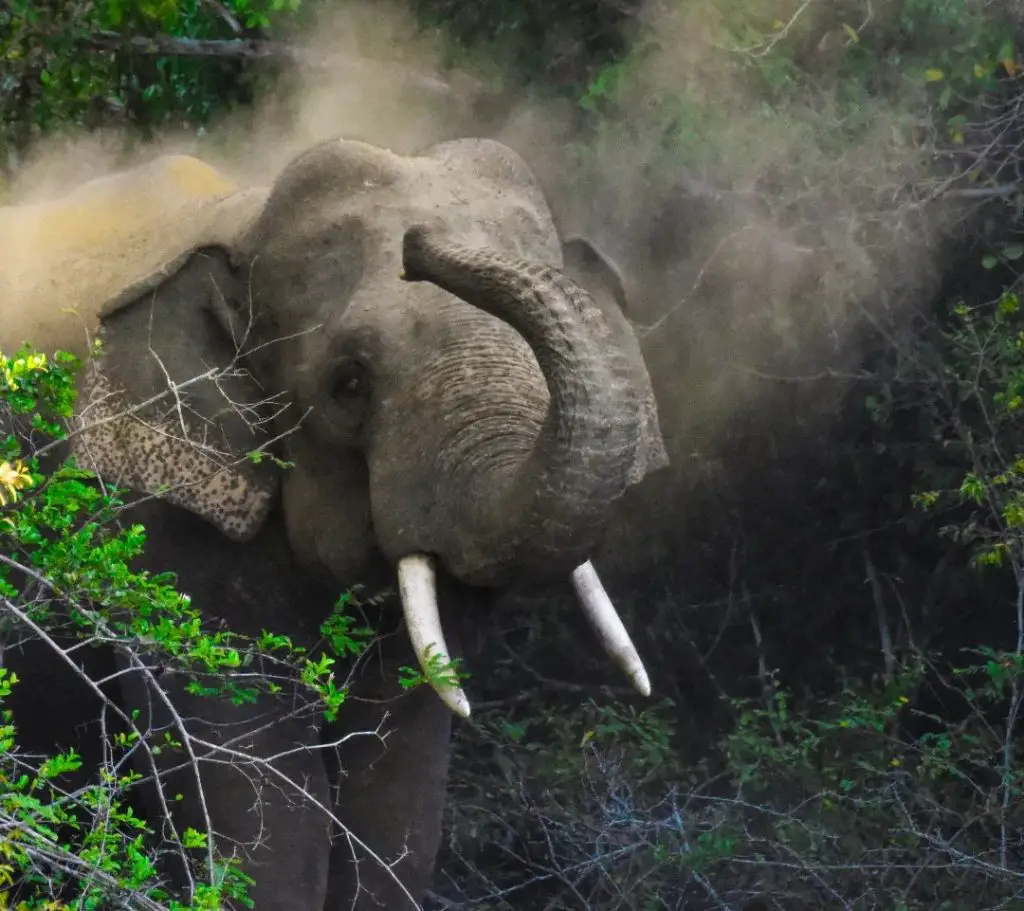
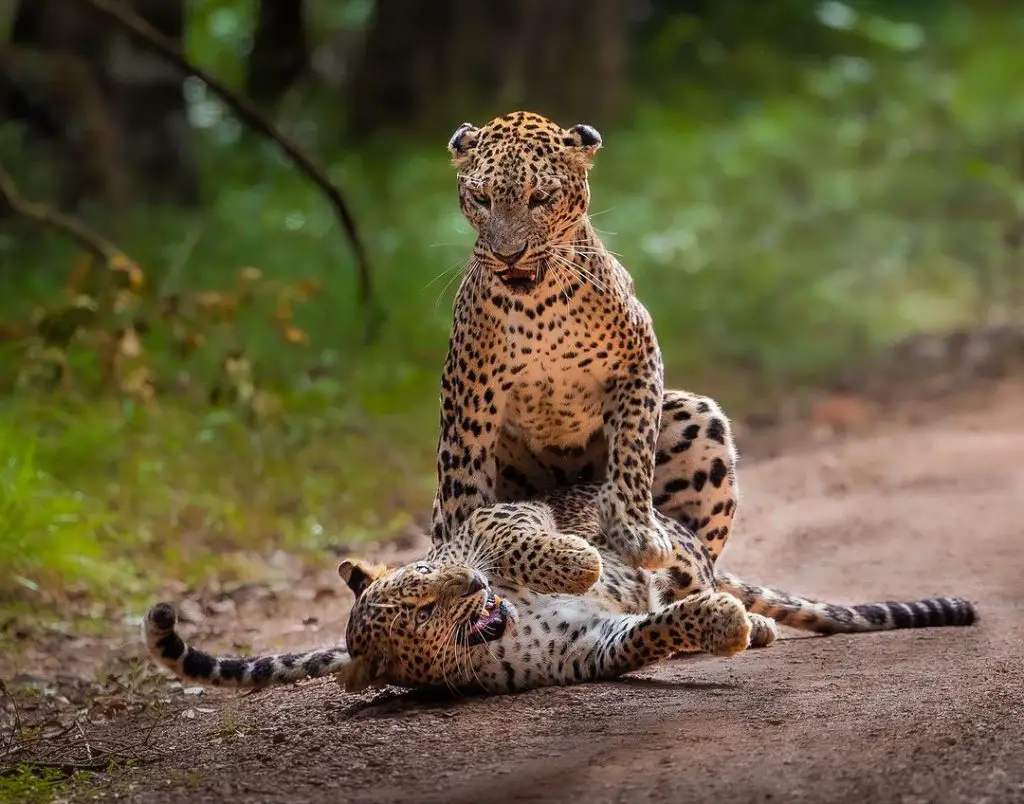
Wilpattu National Park, one of the oldest and most important protected areas in Sri Lanka, offers a unique opportunity to see elephants in Sri Lanka in a more serene and less crowded environment. Here are the key features of the park:
- Rich Biodiversity: While known for its leopard population, Wilpattu also provides opportunities to see elephants. The park’s diverse ecosystems support a variety of wildlife, including the rare sloth bear.
- Less Crowded: Compared to more popular parks like Yala, Wilpattu receives fewer visitors, offering a more intimate wildlife viewing experience.
- Elephant Spotting Opportunities: Although the chances of seeing large herds of elephants are lower due to the park’s vastness, visitors can still spot wild bull elephants, especially around the park’s many natural lakes.
- Scenic Beauty and Tranquility: The park’s numerous villus (natural lakes) and dense forest provide a tranquil and picturesque setting for wildlife viewing.
Suggestions | Read Now : 11 Sri Lanka Beaches You Can’t Miss | Best Snorkeling, Diving And Seafood Dining
Gal Oya National Park

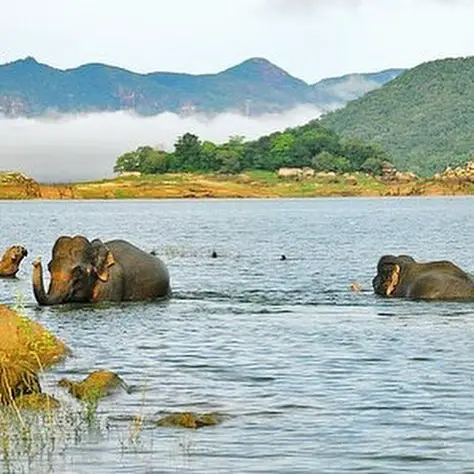
Gal Oya National Park, located on the east coast of Sri Lanka, stands out as a unique destination for those looking to see elephants in Sri Lanka. Its distinctive features include:
- Boat Safari Opportunities: Unlike other national parks, Gal Oya offers the unique experience of boat safaris. Visitors can enjoy watching animals, including elephants, from the Senanayake Reservoir, providing a different perspective and approach to wildlife viewing.
- Remote and Peaceful Setting: Being one of the more remote and lesser-visited parks in Sri Lanka, Gal Oya ensures a tranquil wildlife experience, away from crowds and jeeps.
- Diverse Wildlife: While the park is not as crowded as others, it still offers a chance to see elephants in their natural habitat, along with other wildlife.
- Accessible Day Trip: Easily accessible as a day trip or overnight stay from Arugam Bay, it’s a convenient option for those staying on the east coast.
The Udawalawe Elephant Transit Home
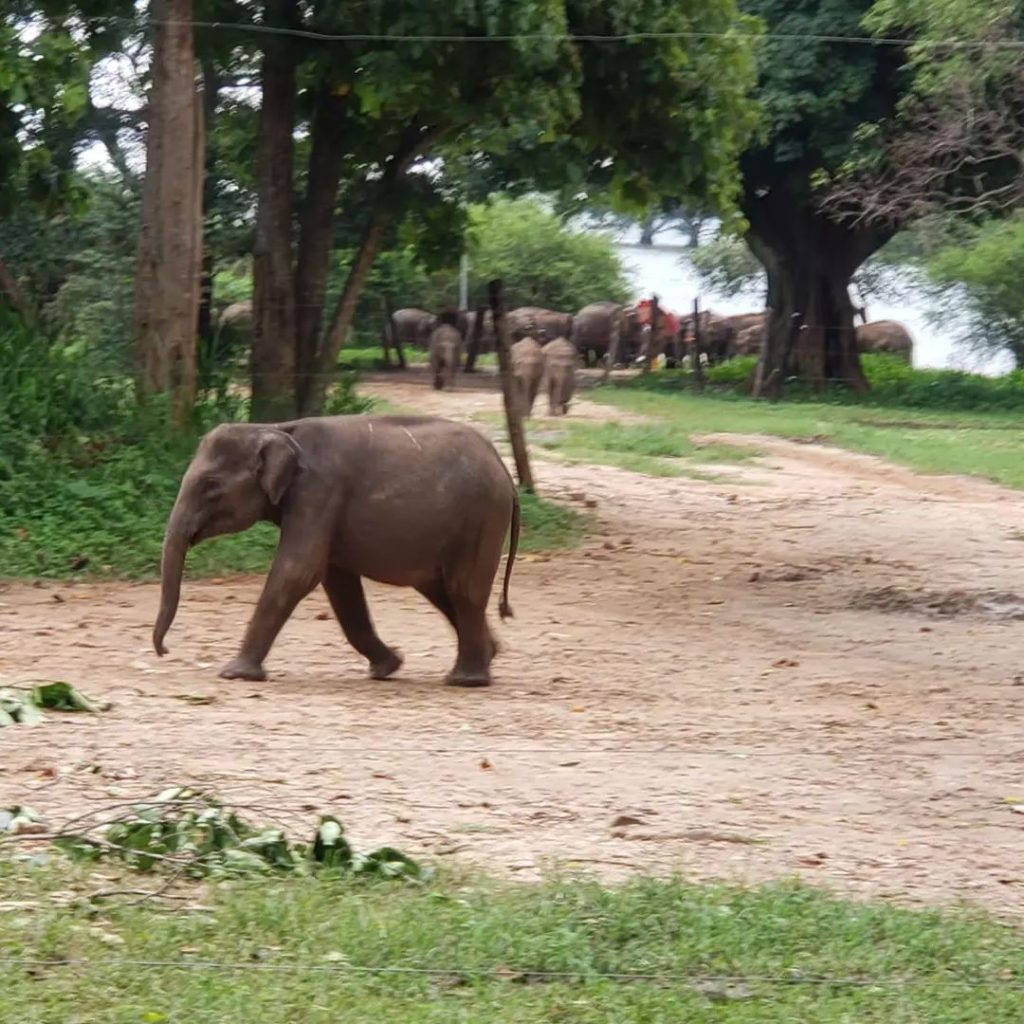
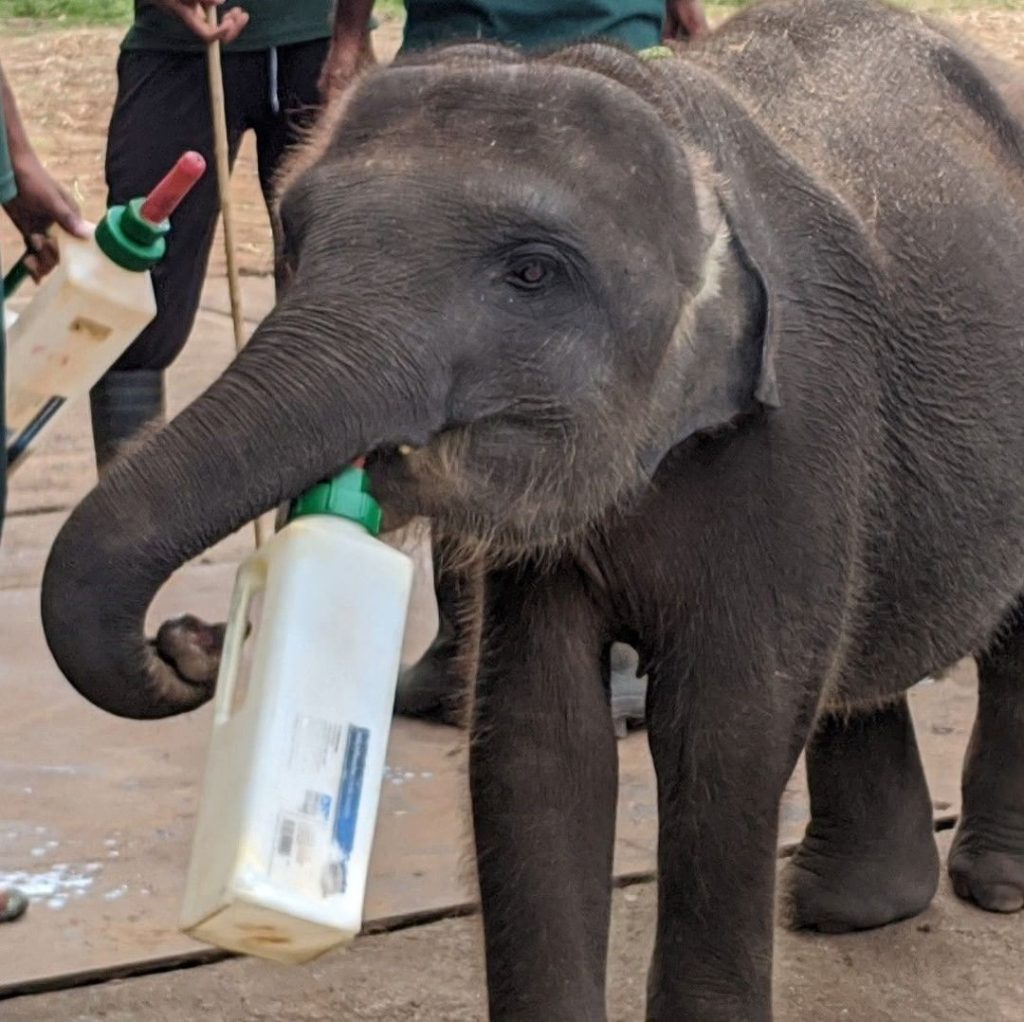
The Udawalawe Elephant Transit Home plays a crucial role in the conservation of elephants in Sri Lanka. Here are its key aspects:
- Rehabilitation Center for Orphaned Elephants: The Transit Home serves as a rehabilitation center for orphaned elephant calves. These calves are cared for until they are ready to be returned to the wild.
- Minimal Human Contact: To ensure the elephants’ successful reintegration into the wild, human contact is kept to a minimum. This approach maximizes their chances of survival when they return to their natural habitat.
- Educational Experience for Visitors: Visitors can observe the elephants from a distance during feeding times, making it an educational experience. The center also provides information about the Asian elephant and the challenges they face.
- Contribution to Elephant Conservation: The Transit Home has successfully returned over 110 elephants to national parks around Sri Lanka, highlighting its significant contribution to conservation efforts.
FAQs
Where can I watch elephants in Sri Lanka?
Sri Lanka offers several national parks where you can watch wild elephants roam freely. The most notable ones include Udawalawe National Park, Yala National Park, Minneriya and Kaudulla National Parks, Wilpattu National Park, and Gal Oya National Park.
Which park is best for elephants in Sri Lanka?
Udawalawe National Park is often considered the best place in Sri Lanka to see elephants throughout the year. It is home to a few hundred elephants, and visitors frequently witness herds of females moving or bathing together in the wild.
Where are the elephants in Sri Lanka?
Elephants in Sri Lanka are primarily found in the dry zone in the north, east, and southeast of the country. They are commonly seen in national parks like Udawalawe, Yala, Minneriya, Kaudulla, Wilpattu, and Gal Oya.
Where is the best place to visit elephants?
The best place to visit elephants in their natural habitat is Udawalawe National Park. It provides an almost guaranteed sighting of elephants in the wild and is known for its ethical approach to wildlife tourism.




